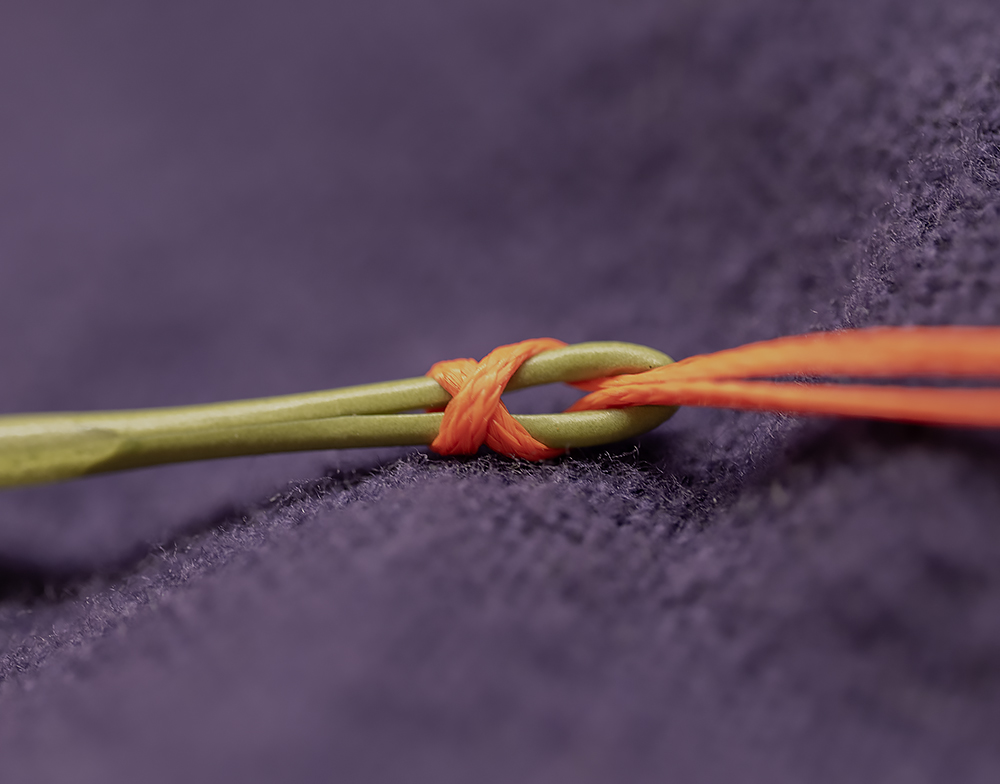
Changing Out Fly Lines
If you are new to fly fishing, the idea of actually removing that great fly line you have been using – probably for too long – may be a little intimidating. Who knows what awaits on the other end of that fly line? And why would we want to change them out anyway? Well, there are a number of good reasons to undertake the change-out of your favorite fly line!
- Maybe it’s getting old and cracked?
- Maybe you need to chase fish with more finesse associated with how your line presents itself.
- Maybe you need a more aggressive line that doesn’t care about presentation – it just GOES!
- Your line got cut off somehow. You’re a thousand miles from a fly shop. What do you do?
- Maybe you want to take it off to clean it and let it dry slowly.
- You might be needing to refresh those coatings that give your line the slick that passes through the guides.
- And probably the number one reason you would change out a fly line – to fish a different water column.
About Fly Lines
Remember the fly line is what you are casting. Not the fly. Not the leader. It carries the energy. YOUR fly line, more than likely, has two loops – one at the tip, and one at the “beginning,” or where the fly line loops to your backing. This is the modern way of fly line manufacturing, and each of those loops are welded together to make that loop from your line, and cause as little disruption in the flow of the line as is possible.
THE DISTURBANCE can come when, if luck is a lady for you, you get all the way down to backing while that trophy fish is running away with you! That is where the Bimini Twist knot is your best friend. The Bimini makes a huge loop, and has very little bulk to pass through your guides as well … smooth sailing. We don’t see our backing very often in these parts, and properly fought, a fish matched to your gear won’t get that far very often at all.
For me, in fact, seeing backing is very rare. It is such a rare occasion when I see that Bimini starting to show? that my anxiety level shows as well. I start thinking hard … when was the last time I inspected that knot? Did I tie that Bimini, or did someone else do it? I wonder if they got it right? How old is this backing anyway? Two ways to solve these questions are, 1) inspect the connection every year, and, 2) replace that backing at regular intervals as well!
DOUBLE OVER
Note that the looping of line to backing is not like the looping of line to leader! The loop to backing is best done as a double. And that grab of the fly line by your backing needs to take ahold ABOVE the line’s loop, as illustrated in the photograph below. For years I ran with a single, until I saw what the double does to distribute the stress more successfully along that few millimeters of fly line. In a word – REASSURING! Once you get the hang of it, it’s easy and easy to repeat.
Fly Line Routines
Be sure to check your lines every year for cracks. Check the stress fractures at the loop connection. Note the slick factor. Note the fading of color, as that tells you a lot about the aging of your line. Clean and re-coat your fly line if the slick is gone! If you have any questions about the backing? Replace it. If you have any questions about the Bimini Twist tied on? Replace it. Do the things you need to do so you won’t be kicking your own ass about something that fails under pressure!
If your factory original welded line loop has gone bad? Replace it by nail-knotting another piece of mono/fluoro and tying a loop into that piece. One or two inches of space between is plenty. About half of my lines have their original loops replaced; they go through a lot of stress when you are trying to work a fly free from a hangup, or even better – when you are trying to work a fish into the skiff!
